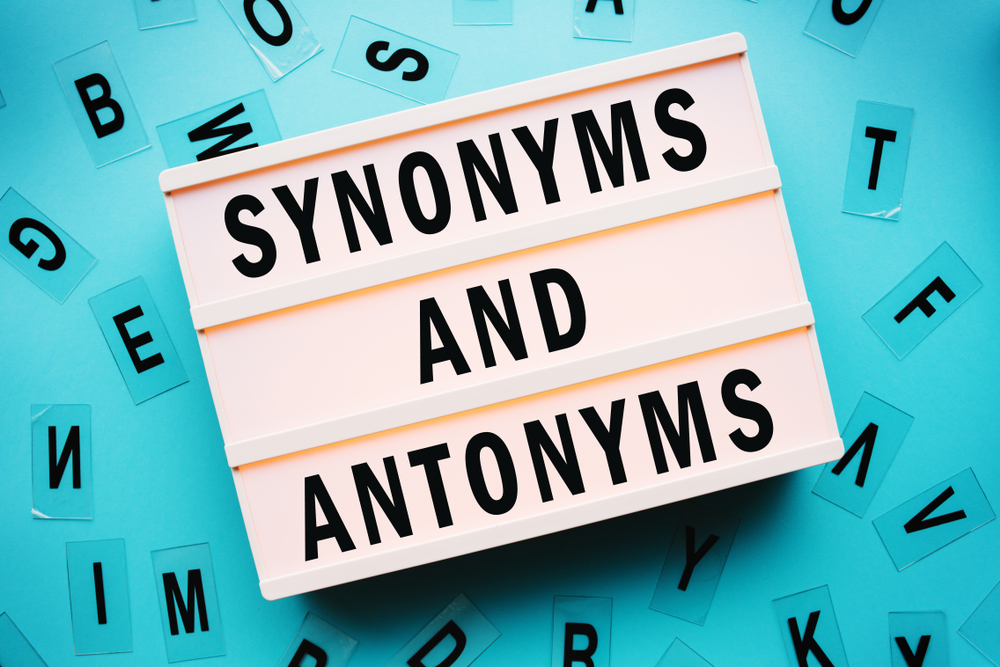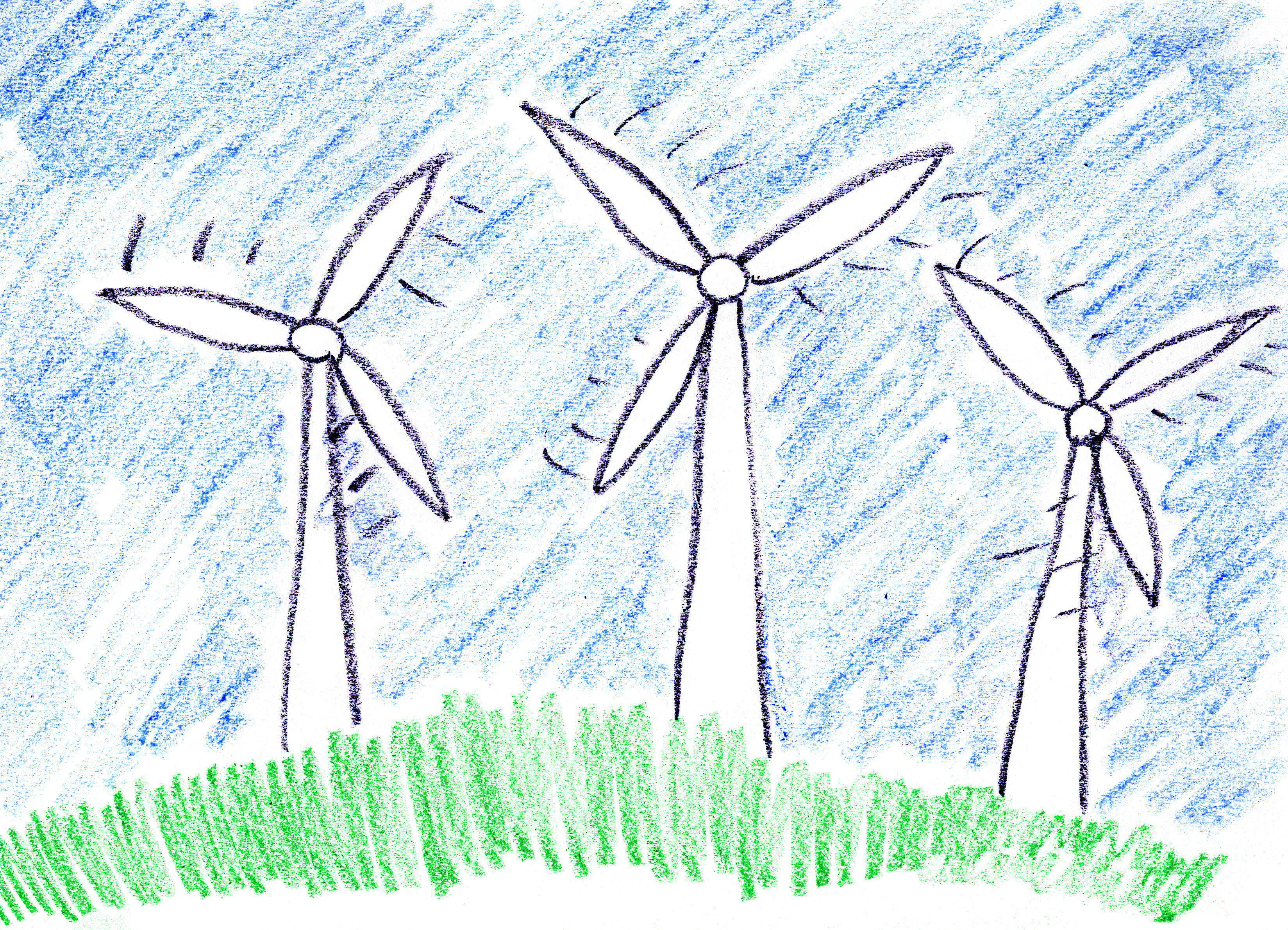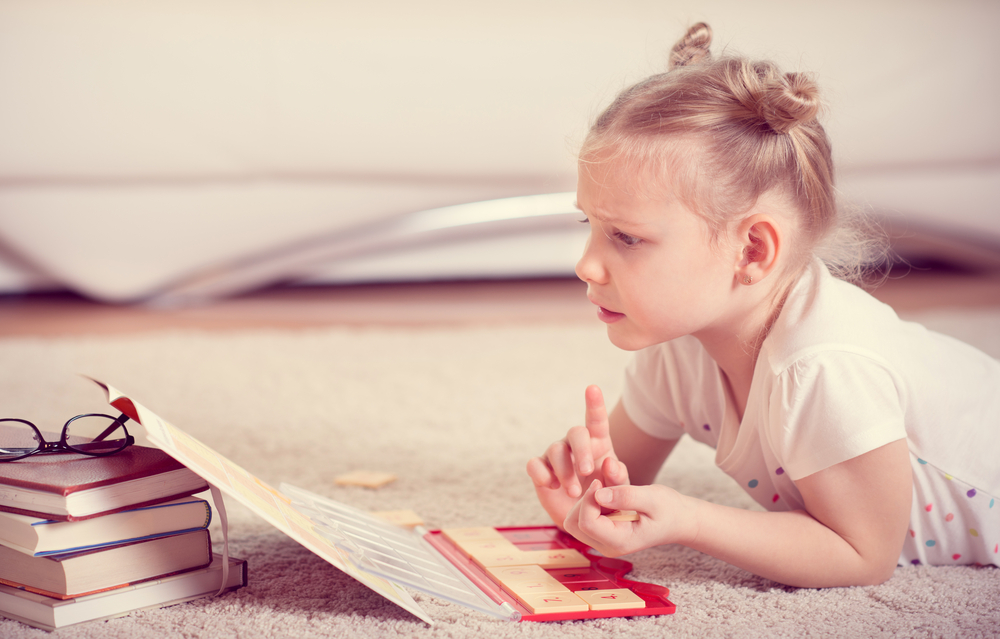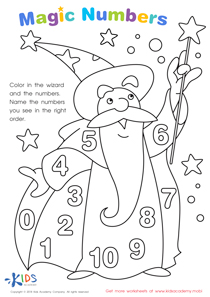Hand-eye Coordination Extra Challenge Worksheets for Ages 7-9
6 filtered results
-
From - To
Boost your child's skills with our "Hand-eye Coordination Extra Challenge Worksheets" designed for ages 7-9. These engaging worksheets provide fun yet challenging activities aimed at enhancing your child's hand-eye coordination, critical for various daily tasks and sports. Specifically crafted by educational experts, the exercises will help improve precision, timing, and motor skills. Your children will enjoy practicing through puzzles, drawing tasks, and interactive games, making learning both effective and enjoyable. Ideal for parents and educators seeking to give kids a competitive edge in their developmental journey. Discover a world of growth and fun with our expertly designed worksheets!
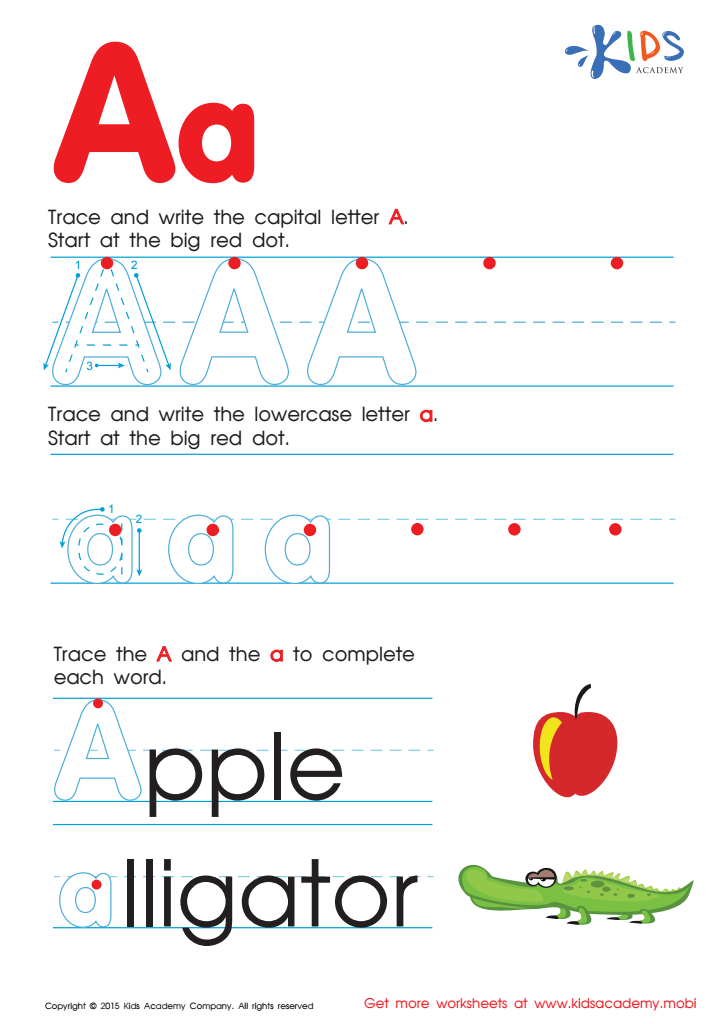

Letter A Tracing Page
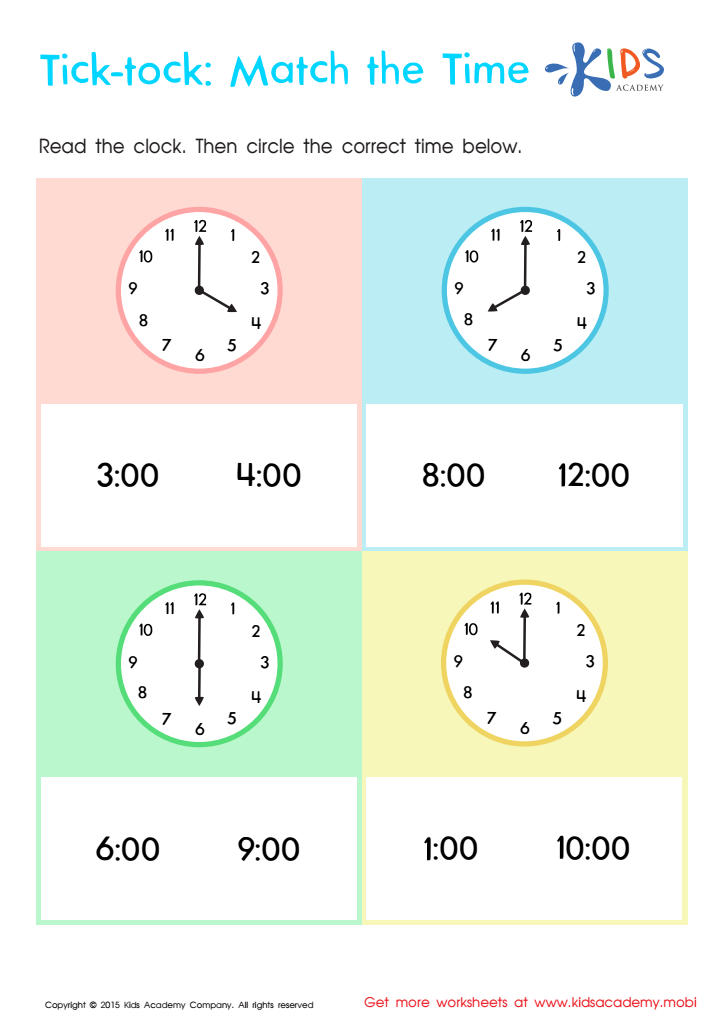

Telling The Time Worksheet: Part 4
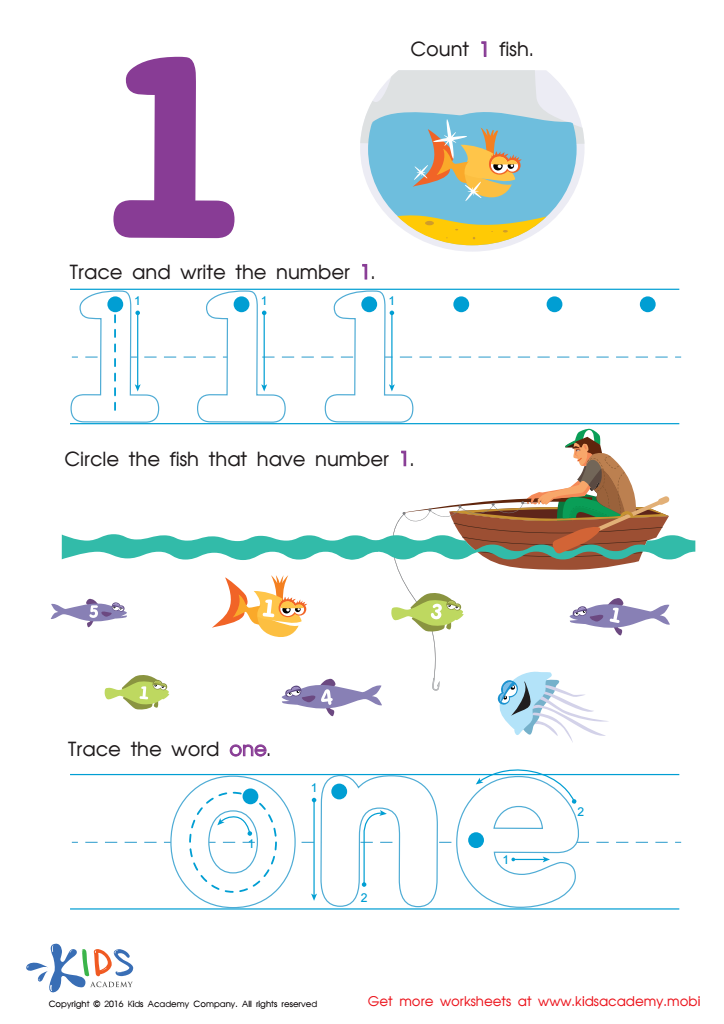

Learning to Write 1 Worksheet
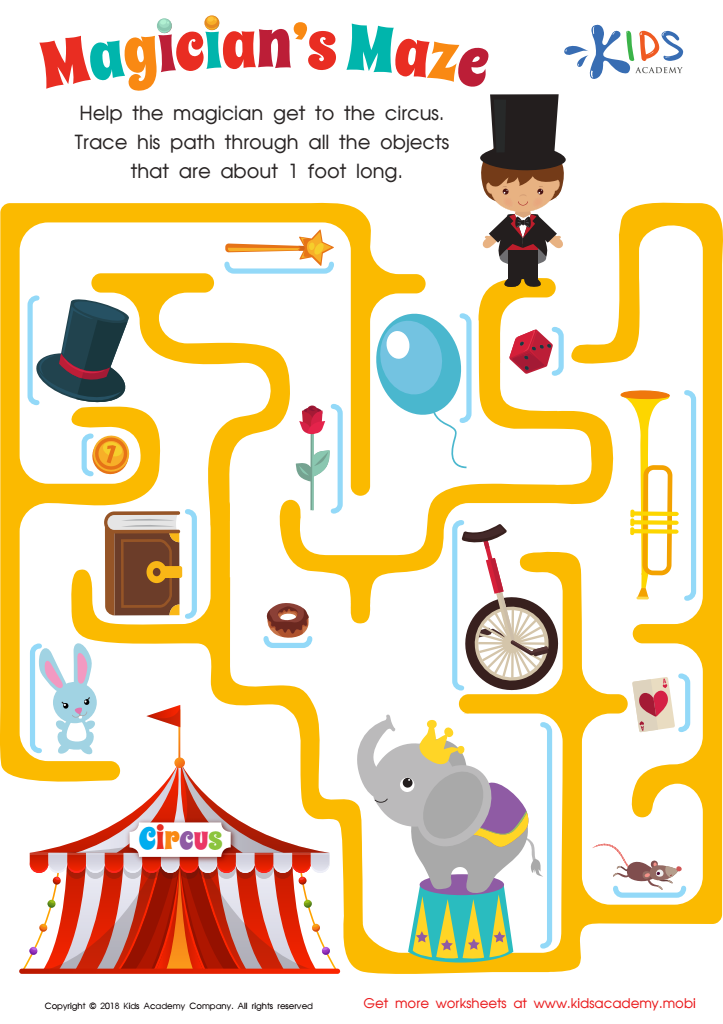

Estimating Length: Magician's Maze Worksheet


Trace and Draw More Shapes Worksheet
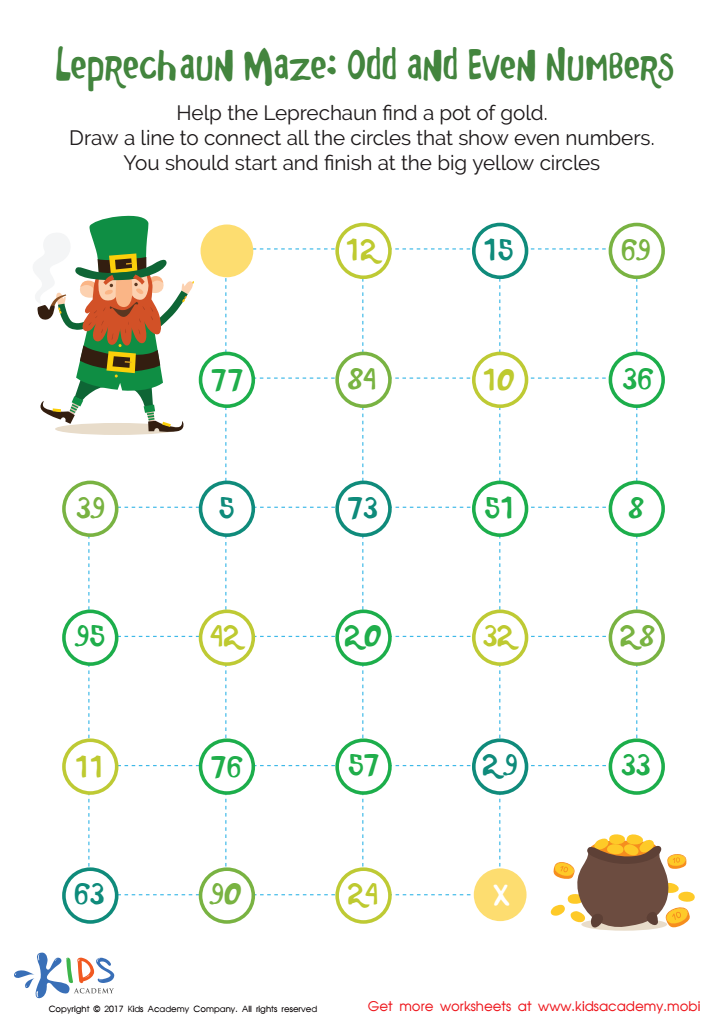

Leprechaun Maze Printable
Hand-eye coordination is a critical skill for children ages 7-9, impacting various aspects of their physical, cognitive, and academic development. Ensuring children engage in activities that enhance this skill confers many benefits.
Firstly, hand-eye coordination is crucial for mastering everyday tasks. Activities like writing, drawing, and using scissors require precise control of hand movements guided by visual input. Enhanced coordination supports academic success by enabling children to perform these tasks effectively and confidently.
Additionally, improved hand-eye coordination contributes to better sports performance and physical health. Activities involving catching, throwing, or hitting foster physical fitness, balance, and spatial awareness—all essential for overall development and a healthy lifestyle. Sports also promote teamwork, discipline, and perseverance, important character-building attributes.
Academically, coordination exercises can stimulate cognitive functions such as concentration, memory, and problem-solving. These mental benefits translate to better performance across subjects, from math to reading, as children can focus and execute tasks with greater precision.
Lastly, enhanced hand-eye coordination can boost self-esteem and motivation. Children who feel capable in both academic and physical tasks are more likely to engage actively and positively in their learning environments.
Providing an extra challenge in hand-eye coordination ensures children develop this vital skill robustly, setting a strong foundation for their future endeavors and success.

 Assign to My Students
Assign to My Students




